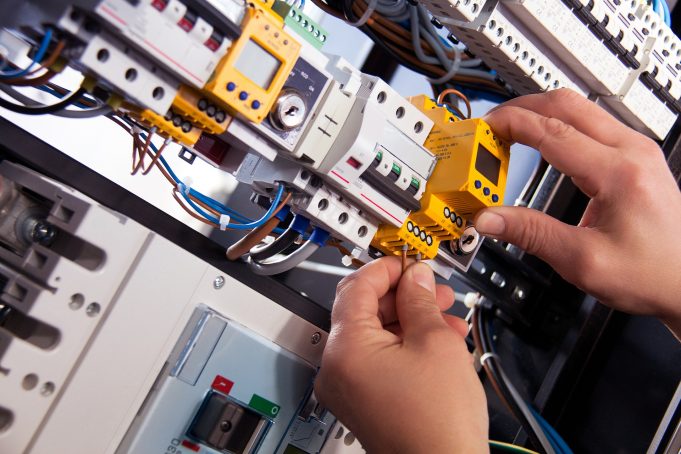If you own a building for commercial use, your building requires an EICR. Every commercial building with electricity does. The electrical installation condition report is a legal requirement.
The Law is There For a Reason
These things become legal requirements because they save lives and prevent property damage. An EICR is an advanced warning system for a building’s electrical installations and circuit accessories. A trained electrician examines the visual and tests the rest looking for damage that a layperson won’t notice before it becomes a hazard. A commercial property needs an updated EICR every five years. This is the landlord’s responsibility.
Disruption
A business shutting for any length of time is disruptive. There’s no way out of the EICR. Most buildings need a complete inspection every five years. Usage and exposure may mean your building needs one more frequently.
The EICR can test 20 per cent of the building’s wiring and circuit accessories every year. At the end of year five, the building’s inspection is complete. The building is legally compliant. Year six starts the inspection cycle again. It is easier for a business to shut down 20 per cent of a building each year than face a total shutdown every five years. It is easier to remember too.
Damage
An experienced electrician can identify visual faults before anyone else. A trained electrician will do a visual inspection. They know what to look for and where the common faults lurk.
Wires snake through walls. Experience and training don’t give superpowers. It is then up to the electrician to test and find the faults.
Early Detection
Finding faults early allows them to be fixed before they become risky. Repairs carried out sooner rather than later are cheaper and easier to fix.
Electrical installations and circuit accessories wear down over time. Nothing lasts forever. In the case of all things electrical, it is better to find the faults before the damage occurs.
Faults
Codes get assigned to the faults based on the severity. An installation has to come out of immediate usage if any C1, C2 or F1 faults are discovered. C3 faults aren’t as severe but are a wise choice to have these fixed right away too. A C3 fault quickly evolves into a C1 fault. F1 is the code for an installation that needs to be further investigated.
Save Money
The costs of inspections and repairs seem expensive, but they work out much cheaper in the end. A business shutdown due to a preventable electrical fire is going to cost you more money in the shutdown time alone. That’s before the cost of replacing everything, fire damage repairs, increased insurance premiums and any fines you face.
Compliance with electrical safety is mandatory for all business owners. Keeping the electrical installations up-to-date saves lives, property and even neighbouring buildings.
When electrical faults are found early, they can be fixed early. It takes a trained electrician with years of experience to spot the early signs of wear and tear.














